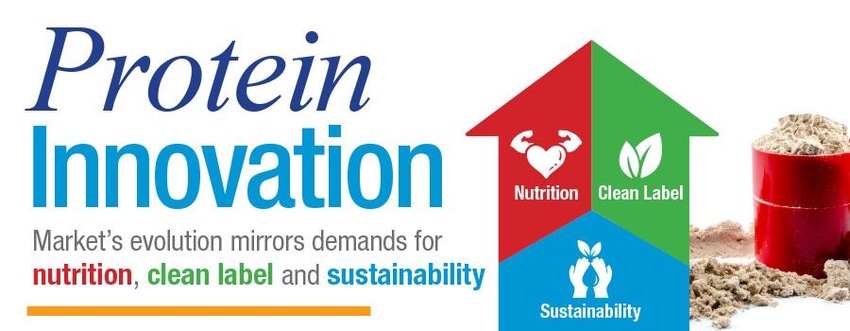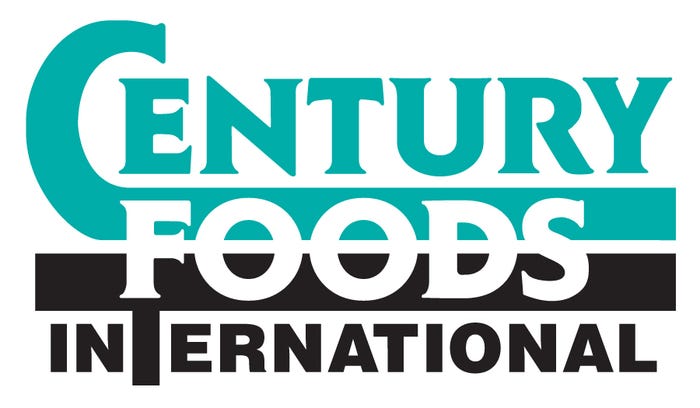Protein Innovation
The demand for protein, especially from alternative, non-animal sources, is being met by suppliers innovating and employing novel technologies to identify, isolate and scale production of proteins from plants and various microorganisms. Protein is an indispensable part of the human diet, but a growing population and an array of dietary preferences have fueled the quest for alternatives to traditional animal sources like meat, poultry and dairy. Pulses (such as soy beans, peas and lentils), fungi, sea plants, ancient grains and insects are increasingly popular options. The lupine plant boasts higher protein content than beef, giving some alternatives a leg up, as well as positioning for vegetarians, cleaner labels and more.
February 15, 2018

Sponsored Content
Takeaways for Your Business
Plant proteins offer benefits such as sustainability, phytochemicals and allergen-free labeling.
Some innovations aim to improve functionality and nutrient profile in traditional sources like dairy.
Demand for value-added nutrients like protein will continue to grow as emerging market incomes rise.
Underwritten by:
|
|
|
|
|
You May Also Like









.png?width=800&auto=webp&quality=80&disable=upscale)